How to make a greener beer
The alcoholic beverage production process is very demanding for the environment.More than 75 liters of water are needed to make only 250 ml of beer and more than 110 liters of water to make a glass of wine.Also, we have to take into account the glass and aluminum necessary to produce the containers of alcohol;the plastic and cardboard of its packaging;and the energy consumed for refrigeration at home or at the point of sale.In addition, there are some types of alcohol such as the Tequila de México, the Whiskey of Scotland or the Bourbon in Kentucky (United States), which only occur in a place in the world or at most in a handful of sites, which requires that theproduct travels long distances to reach consumers.
The most common ingredients in alcohol production -uvas, wheat, barley, hops, sugar- are some of the crops that require the most water and energy worldwide.Produce, distill and ferment also requires large amounts of energy.Although there are no concrete estimates on the carbon footprint of the alcoholic beverage industry, according to the National Academies of EEs of Science, Engineering and Medicine.UU.The great food and beverage industry is one of the most unsustainable in the world, contributing about 60 percent of the loss of biodiversity and 30 percent of the climate change produced by emissions globally.Alcohol is almost 16 percent of the US market drink industry in volume, according to Park Street, a Florida company that gives logistic support to alcoholic companies.In Spain, according to the data of the Spanish Federation of Spirits, the industry is 0.17% of the country's GDP and in 2020, a especially bad year due to the Covid-19 pandemic, 141 million liters were marketed.
As climate change progresses, which affects all the links in drinking production, from agriculture to transport, will these traditional practices be the end of cheap tap beer?Not necessarily, the aid is on the way.Every day new technologies and innovations arise that reduce the environmental impact of the alcoholic beverage industry, while large producers are taking steps to make their production more sustainable.Here we have some examples of what is being done in the United States.
Sticking transport
In 2010, after climbing a mountain in the Canyonlands National Park in Utah, Patrick Tatera really wanted a beer.Knowing that it is a 95 water, tatera, with formation in chemical engineering and mathematics, it began to turn it as it could dehydrate the beer to facilitate its transport and then rehydrate it when I wanted to drink it.
Tatera began to experiment and realized that the technology that could do it on a large scale could revolutionize the entire beer industry, which suffered from an inefficient distribution chain, according to Gary Tickle, CEO of Sustainable Bevarage Technologies, SBT, the companyI believe tatera.
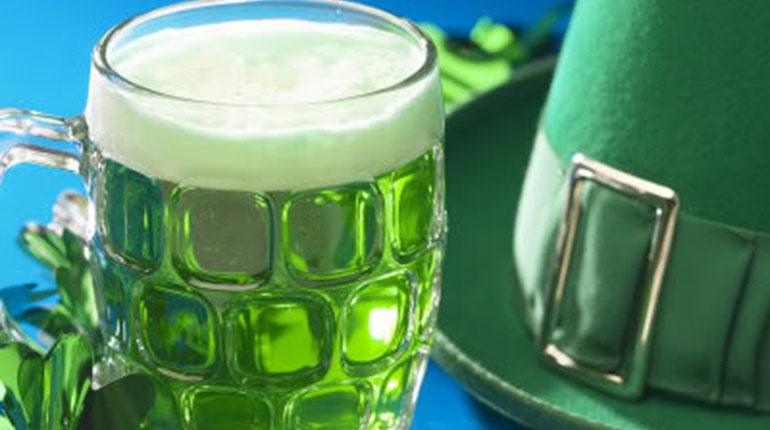
Global transport is approximately 20 percent of the beer carbon footprint.Beer, wine and other alcoholic beverages are usually sent in heated vehicles to prevent them from getting bad."There is a lot.
Tatera developed a process called Brewvo, which creates very concentrated beer that can be transported with weight and a volume 16 percent lower than traditional beer.Brewvo's process is similar to the production of traditional beer except that the process is repeated several times.The final product of each production cycle is passed through a Brewvo unit, which separates water and alcohol."Everything else, all the good we usually find in the body of beer", such as the taste of hops and cereal, is sent in plastic bags instead of in cans, bottles or barrels, according to Tickle.
At its destination - a local beer bar or factory - mixes with a part of bulk beer, six parts of water, alcohol if you want and, finally, carbonates.Then you can sell like beer.Brewvo's beer products are sold in some Denver bars, Colorado, but the company is already working to open a bar in South America and will be associated with Sleeping Giant, a Colorado factory, to increase production.
Lupeando the yeast
Another sustainable solution for the beer industry saw the light in 2013.Charles Denby was a postdoctoral researcher at the University of California in Berkeley studying how to use genetic engineering to turn yeasts into a bi-fuel.In his free time, he was beer.During the process he learned something: the hops, which gives beer its flavor and distinctive aroma, is one of the most expensive parts of the process.Half a kilo of hops, with which it can be done between 37 and 95 liters of beer, depending on the recipe, it can cost almost € 13.Hops production is also a water sink.Half -kilo cultivation of hops consumes between 1100 and 1700 liters of water depending on the local climate and the conditions of the land, according to studies carried out in Washington and Oregon, two of the largest hops producers in the United States.Denby applied his experience with the genetics of yeasts and synthetic biology to make beer.
How to make sugarless hot chocolate https: // t.CO/9CMJXYAOED
— wikiHow Recipes Thu Jan 05 22:49:30 +0000 2017
He thought: "And if I only do it with yeast? We could get rid of agriculture and that of that cost".
Denby and his colleague, Rachel Li, began to engineer a yeast strain that produced terpenes, the chemical compound of the hops responsible for flavor.In 2018, Denby and Li reported their success in Nature magazine.In fact, the beer made with their yeast strain they developed had a further taste than traditional beers, according to the results of a double blind tasting collected in the study.
The couple launched Berkeley Yeas (Berkeley's yeast).Despite the good promises of his innovation, the hops substitute did not have an immediate reception from the industry, according to Denby.
"When you have a method that replaces or reduces your dependence on agriculture, but people have been using agriculture for centuries to do the work you are replacing or improving, it takes a bit.In the beer industry in particular, many of the factories already have contracts for which they have bought the production of hops for the next five years, "says Denby.
To overcome this great obstacle, the company began to promote the flavors of its yeast as an alternative to the safe and cheapest hops.Today, Berkeley Yaest.
Production with carbon neutrality
While Start-ups such as Tatera SBT or Denby Berkeley Yaest.
Diageo, one of the largest multinational beer and liquor production multinational2030.
To do this, according to Kirstie McIntyre, the company's global sustainability director, Diageo is carrying out a multiple approach.On the one hand increased efficiency through actions such as machinery update, the improvement of the thermal insulation of its buildings and the acceleration of the production process.The company captures and reused caloric energy, which is required in several stages of its production.Diageo also uses renewable energies as generators fed by biomass fed with waste from its fermented and distilled processes and hops, barley and other cultuces to generate energy and electricity for its facilities.
For now, Diageo has three distilleries with neutral carbon emissions and is working to do the same with its other 150 production facilities worldwide in the coming years."There is no unique recipe.You can't do the same at all facilities, "says McIntyre;" we will go step by step with each of them, regardless of whether they are large or small ".
At the beginning of September, the Science Based Targets initiative (scientific -based objectives) certified the strategy of zero diageo emissions.This initiative is a United Nations Global Compact compact, the World Resources Institute (World Resources Institute) and World Wide Fund for Nature (WWF), which helps the private sector to reduce its emissions.Net zero emissions are achieved when a company eliminates its emissions or cancels them by planting trees, for example, so that it does not add greenhouse gases to the atmosphere and contribute to climate change.
It seems that the search for sustainability in the alcoholic beverage industry is taking inertia as new innovations strengthen and recognized brands work to reduce their environmental footprint."We are really a global opportunity before," says Tickle;"If you think about it, this industry has not really changed much in many centuries.We believe that we are before a unique opportunity to take a total turn to an entire industry ".
This article was originally published in English in Nationalgeographic.com.


















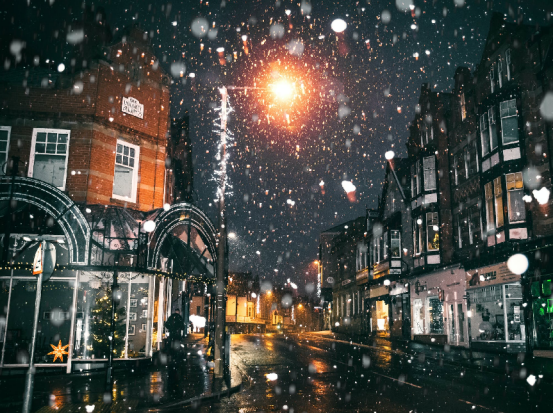


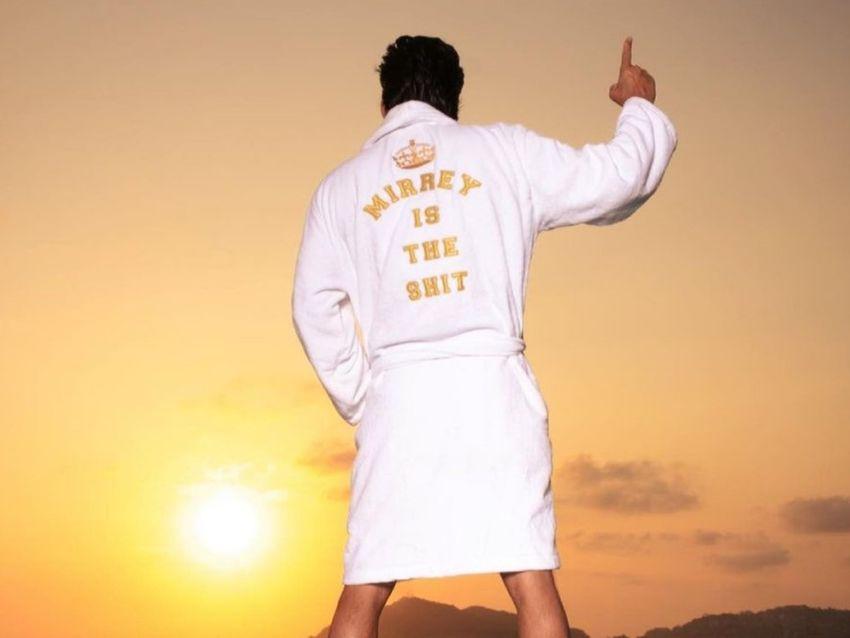


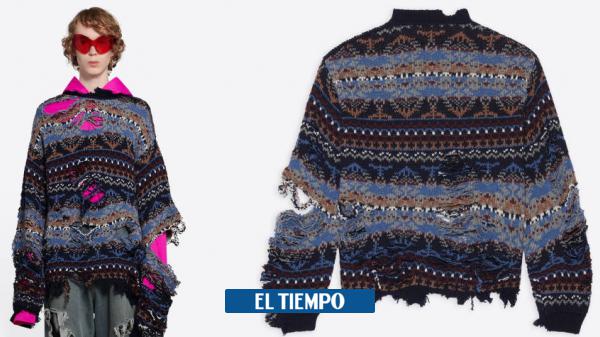
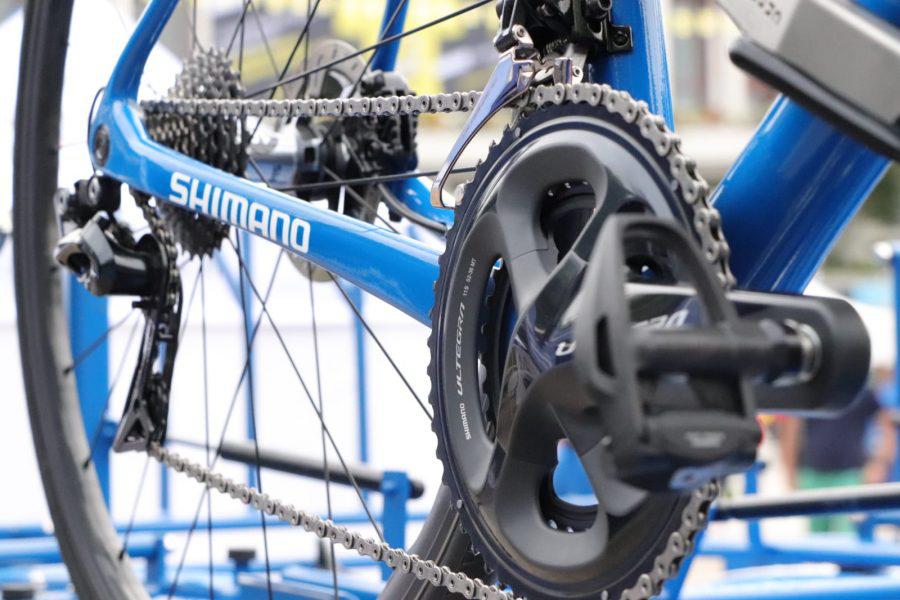
Winter Prep List: How to Get Ready for Winter
06/06/2022Are you prepared for winter? It's not too late to get ready, but you'll want to take care of some important tasks in order to make sure you're prepared for the cold weather. This winter pr...